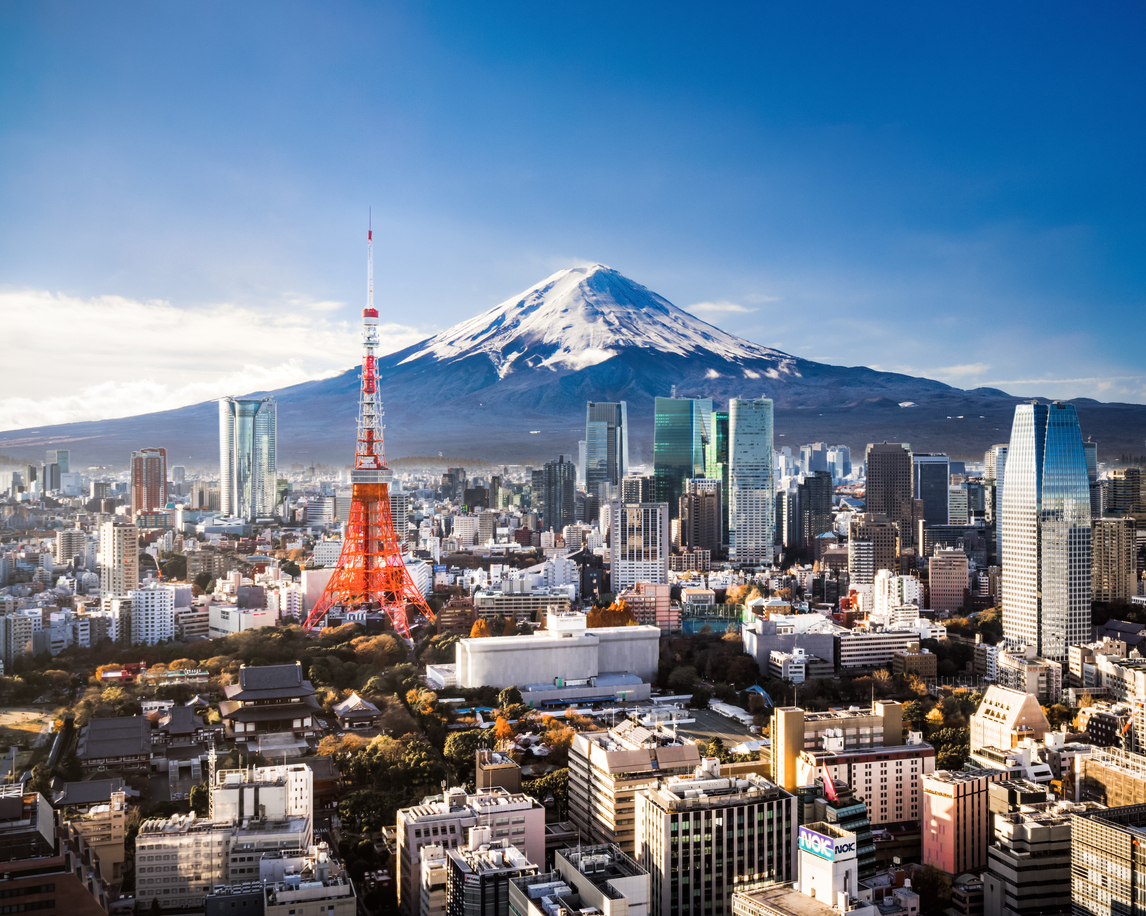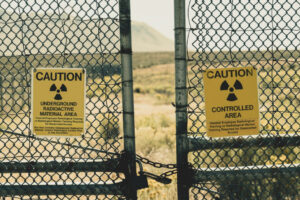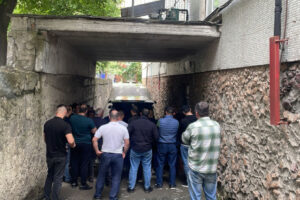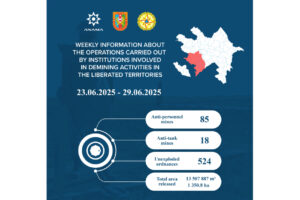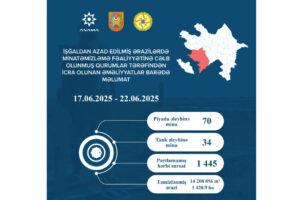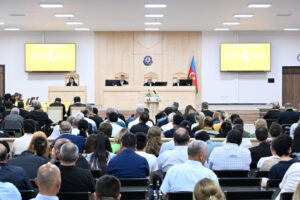Tokyo, 21 March, /AJMEDIA/
A Japanese government panel compiled on Friday measures to be taken in the event of ash falling from a large-scale eruption of Mount Fuji, classifying them into four stages based on the severity of the situation.
While the underlying principle is to have people stay home and continue their normal lives as much as possible, residents will be urged to evacuate when an incident is categorized Stage 4 with ash fall of 30 centimeters or more, considered a life-threatening amount.
Stage 1 applies when the amount of falling ash is under three centimeters, and there is a risk of railway service suspensions. Ash of 3-30 cm will fall under Stage 2 if emergency restoration of lifeline services such as electricity is still possible.
Residents will not be asked to evacuate in stages 1 and 2, as danger levels are considered relatively low and due to the complication of organizing a large-scale movement of people in densely populated areas.
Stage 3 will be declared when ash is 3-30 cm and services like power are cut and unable to be restored quickly. At this stage, local governments may consider evacuating residents to other areas.
Falling ash of 30 cm or more will be deemed a Stage 4 incident, and residents will be urged to evacuate. The panel is concerned that wooden buildings could collapse under the weight of ash if combined with rainfall.
The 3,776-meter volcano straddles Yamanashi and Shizuoka prefectures west of Tokyo and is the nation’s highest peak. It last erupted in 1707.
At the time, eruptions continued for 16 days, leaving a layer of volcanic ash about 4 cm thick in current-day central Tokyo, according to historical records.

